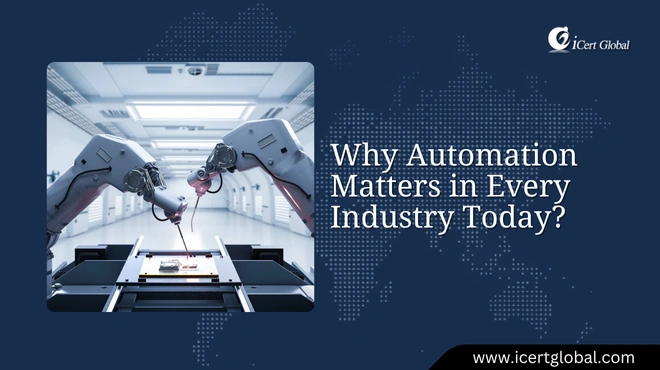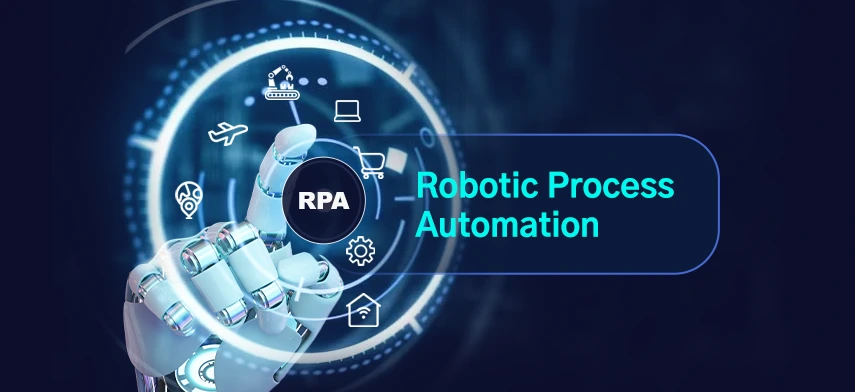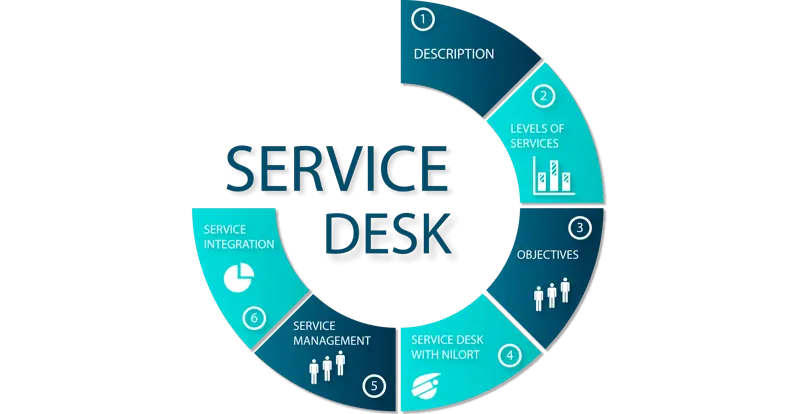Latest Articles
Must Know Hadoop Interview Questions for 2025
In this blog, we’ll look at the most common Hadoop interview questions and their answers to help you do well in yo...
Why IT Firms Prefer Certified Professionals
Most people today are eager to work. Even if a person is highly experienced or educated, they must have something else t...
Understanding Data Warehouse vs Database
Nowadays, companies utilize data to enhance their operations in a variety of different ways. Regular databases, however,...
Learn These 11 Languages for Ethical Hacking
Learning ethical hacking is highly applicable in the current era for anyone who is interested in having a career in cybe...
Leading a Business to Success
When you consider large businesses that really did well, there's always someone in mind. For instance, when you hear...
How Performance Marketing Changes Digital Landscape
We continuously hear the term digital marketing too frequently. But there are so many types of digital marketing, and ea...
Main Challenges to Watch Out for in RPA
We often hear good things about how RPA helps skilled workers make companies work better. It can give full returns on in...
Comparing XenServer and vSphere in Simple Language
If we compare the pros and cons of Citrix XenServer and VMware vSphere ESXi, the very first thing one must understand is...
Beginner Guide to Deep Learning
Deep Learning is a form of computer learning that is gaining very much popularity these days. Deep Learning enables mach...
How SAFeR Drives Business Agility and Success
The computer software field has developed rapidly, and therefore more issues have arisen. Big projects and organizations...
Kubernetes or OpenS hift Key Differences Explained
Kubernetes and OpenShift are two tools that assist you in running and managing containers on several computers that are ...
Guide to the Service Desk Manager Role
The majority of the people think that IT work is all about technical tasks and routine jobs. It is applicable to some jo...



.jpg)


.webp)



.webp)



.webp)





